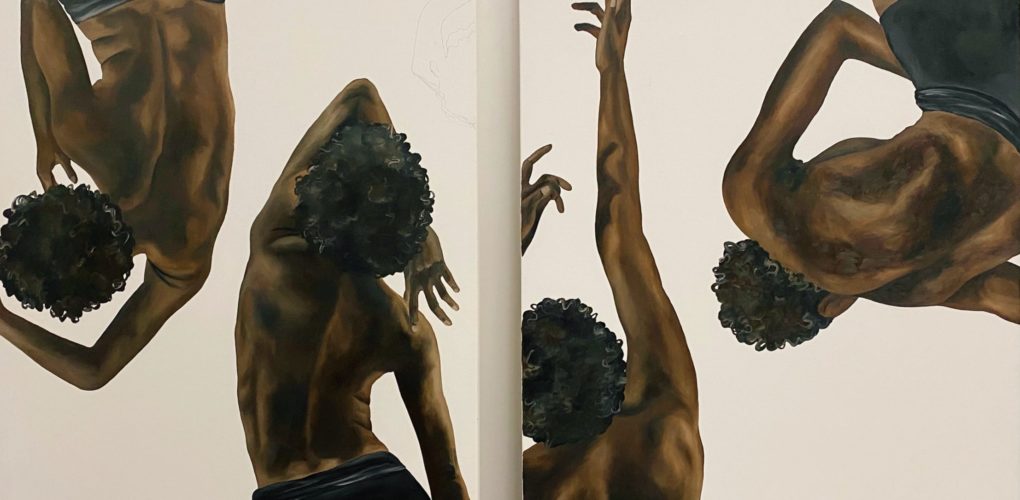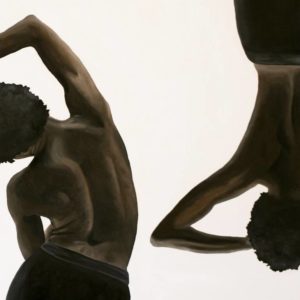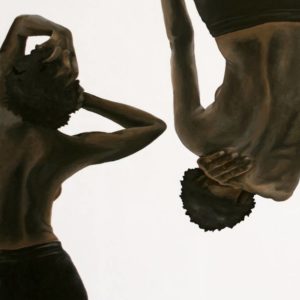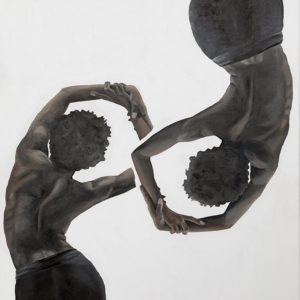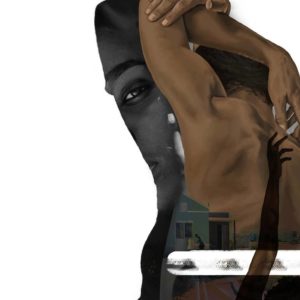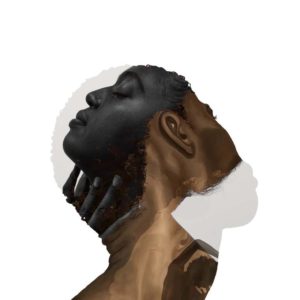Art News
 The Other Art Fair: The Hoxton Hang, Williamsburg
The Other Art Fair: The Hoxton Hang, Williamsburg
The Other Art Fair Brooklyn presents Kaylee Reynolds’ work at The Hoxton, Williamsburg.
“At The Other Art Fair, we are passionate about presenting our incredible artists to new audiences and providing valuable opportunities for our exhibitors beyond the four days of the live Fair. I am delighted to work with The Hoxton on their 2022 curatorial programming; throughout the year, we will be showcasing an array of talented artists in their beautiful Williamsburg space.” Sophie Loxton Lucas, Fair Director.
The Other Art Fair currently has exhibitors work at three of the Hoxton’s locations in Brooklyn, Los Angeles and London. Click to find a curated selection of artwork from Kaylee, read on to find out more about Kaylee’s practice. Tickets for The Other Art Fair Brooklyn Spring 2022 available soon!
Kaylee’s work focuses on the human form, she directs attention to the way in which the body moves and acts within a space. We spoke to Kaylee asking questions about the inspiration behind her practice, the mediums she uses and how her work has evolved, so far
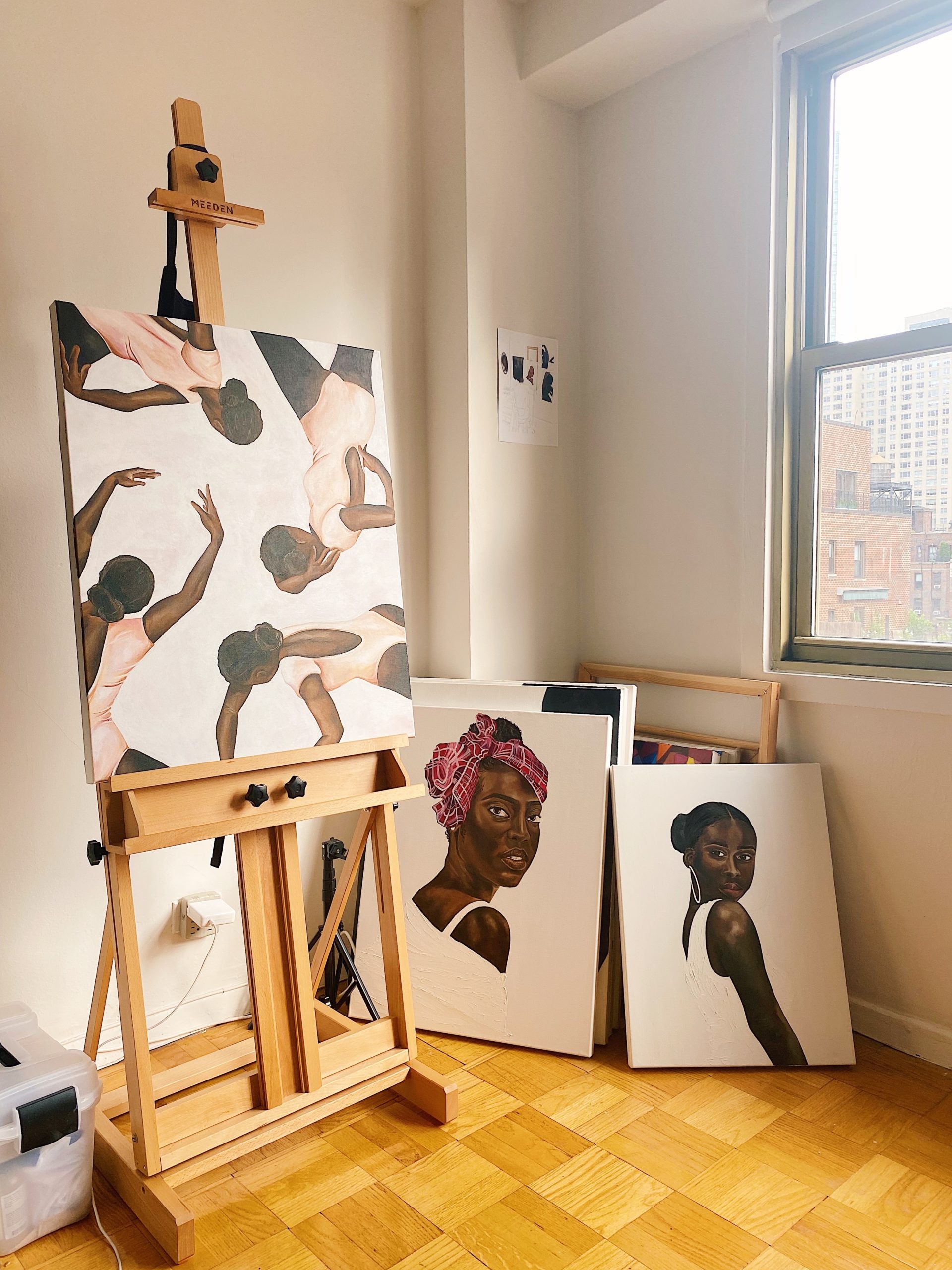
When did you start painting, what draws you to your subjects in your pieces?
I started seriously painting in the latter years of high school, which is a funny story because up until that point, I avoided it as much as I possibly could, not art itself, but the medium of painting. I was always drawing or sketching or doing a lot of crafting. I didn’t really feel like I was good at painting, and I saw it as something that was really difficult to do successfully. But then, by avoiding it, I wasn’t really giving myself the opportunity to get better. Things changed as I began to take more advanced art classes and I simply couldn’t avoid it anymore. I think I really began to enjoy it in college, which is around the time I became more intentional about my choice in subject matter.
The subjects in my pieces are primarily based on myself, as well as people close to me and friends who happen to be dancers. I grew up dancing, and I had always been interested in the capabilities of the dancer’s body, so including dance in my paintings happened naturally.
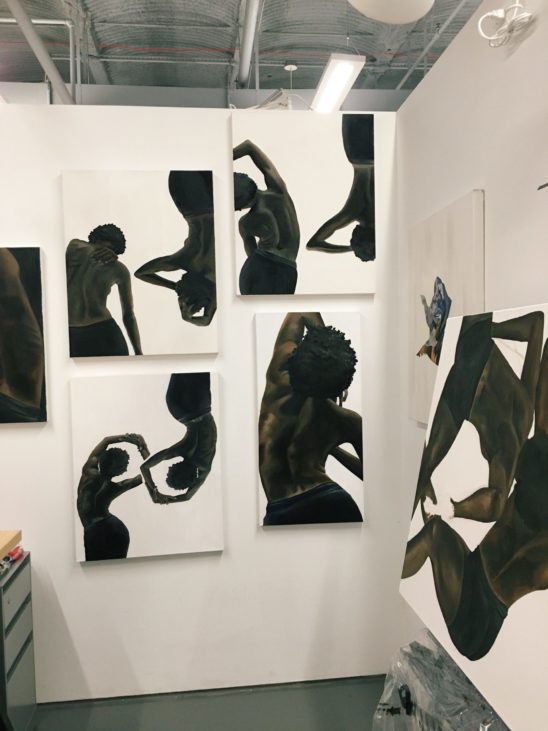
Your artwork conveys a lot about the personality of those you capture, would you say your pieces reflect you as a person?
Yes, both literally and metaphorically. On one hand, the subjects in a lot of the paintings are quite literally my own body – from source photography, so my natural movement and my relationship with my own body is reflected in the work. Metaphorically speaking, I feel really happy and quite free when I’m dancing, whether it’s just improv in my bedroom for fun, or performing on stage. Dance is a huge part of my personality and who I am. It feels like a natural way to express a lot of different feelings and emotions – joy, sorrow, vulnerability, etc. in addition to complex issues around race and identity. For that reason, my pieces are definitely a reflection of me as a person.
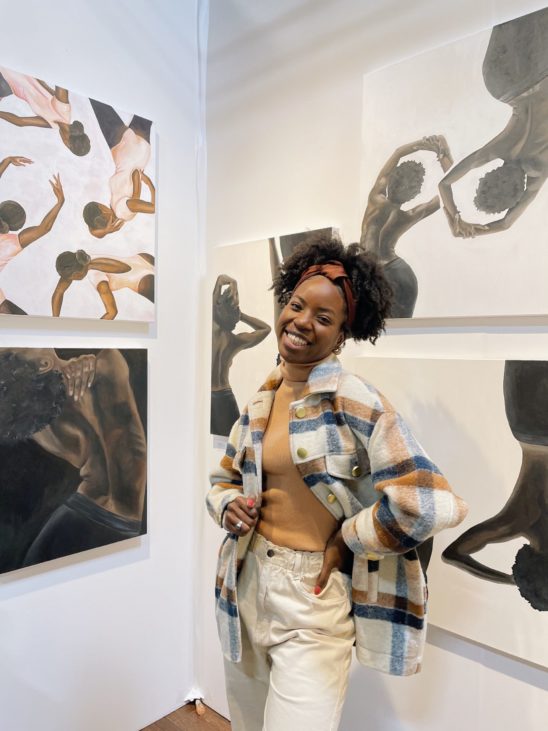
How would you say your use of movement and the human form in your works enhances the final product?
I think dance is inherently a study of the human body. Breaking down the movement in my work is an act of studying what inspires us to move, and how our movement, both in dance and performance, as well as literal movement through society, is impacted by external forces – culture, race, identity, and general life experiences.
That said, the movement in my pieces is intentionally very natural. A lot of times when photographing dancers to use as source imagery for my work, I allow them to improv and do whatever comes naturally to them at that very moment. In exploring this kind of movement, I aim for the final product to feel less like a still from a performance, a pose or a snapshot and more like the entire sequence of movement, like a dance in and of itself – or at the very least, a 4 or 8 count.
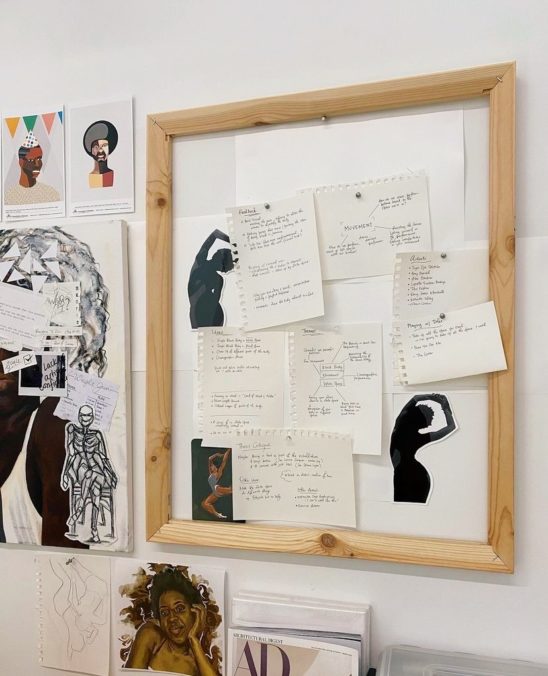
Does your artwork look to send a specific message, if so, what is this message?
At its core, my work portrays black figures as individuals who exist and perform for themselves, who embrace their identities and rarely acknowledge the viewer’s gaze.
It explores the shapes we create with our bodies and how this is perceived, by juxtaposing representations of these figures against or in the context of various, usually white, backgrounds and spaces. It’s not lost on me that the body, and specifically the black body explored in a white space is quite evocative.
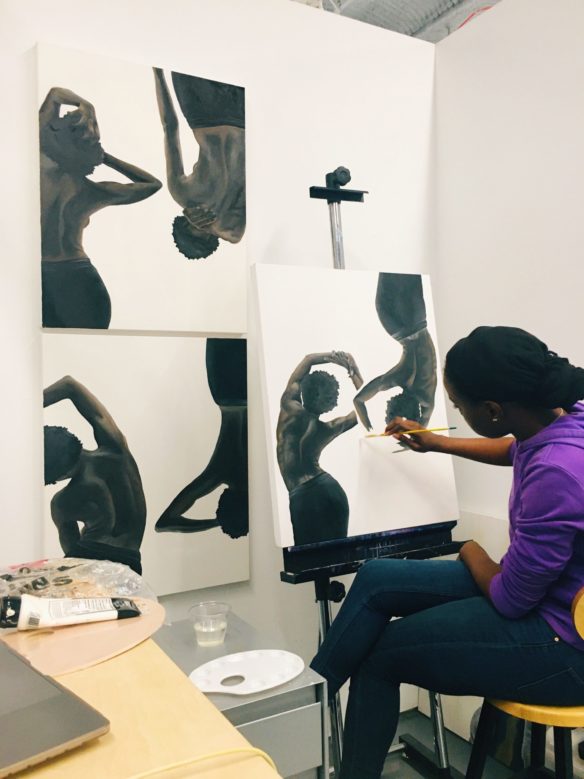
The decision to place the bodies in white spaces is directly inspired by a line from Zora Neale Hurston’s “How it feels to be colored me,” that reads “I feel most colored when I am thrown against a sharp white background.” I would venture to say that a lot of the ideas and thoughts in my art practice are rooted in the message of this essay. Growing up in Jamaica, I never felt like a minority because of my race, I never “felt coloured,” as Hurston puts it. In spaces where we are the minority, we often feel like we stand out, and there’s often a sort of othering that takes place. The paintings directly acknowledge this feeling, but instead of making the black body feel othered, I want it to feel empowered, which is precisely why they are the center of the work.
I want my paintings to evoke a sense of appreciation for our bodies, and what we’re capable of. To that end, conceptually, the work seeks to empower the black figure, by unpacking their complex and layered realities and ultimately, to celebrate our power and fortitude.
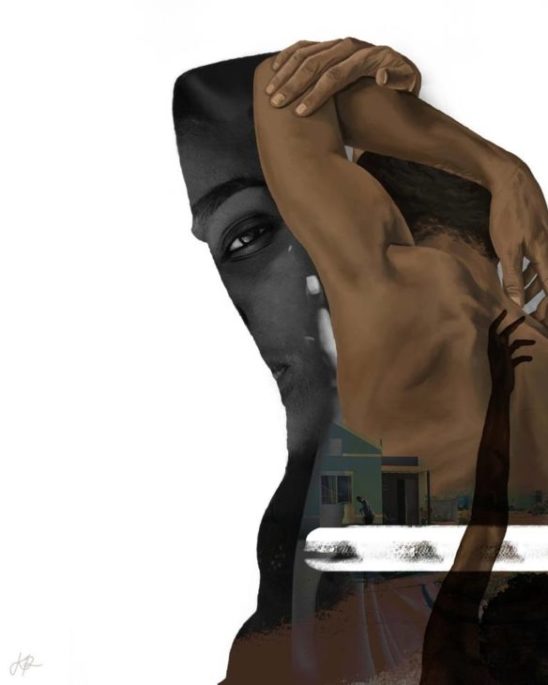
How would you say your art practice has changed over time?
Early on, I was really interested in portraiture, because it felt like a natural way to represent a person. It also felt a little confrontational at the same time, in comparison to my paintings where the figure has the back turned. As a result, over time, I became more and more interested in the idea that these figures are performing for themselves, and not particularly for an audience, hence the decision to keep them from making any sort of eye contact with the viewer. Recently, in the last year or so, I’ve started exploring colour, by removing the white space from my work. While the white space holds a lot of meaning for my practice, I’ve been trying to investigate the absence of it in my work, and what that could potentially mean.
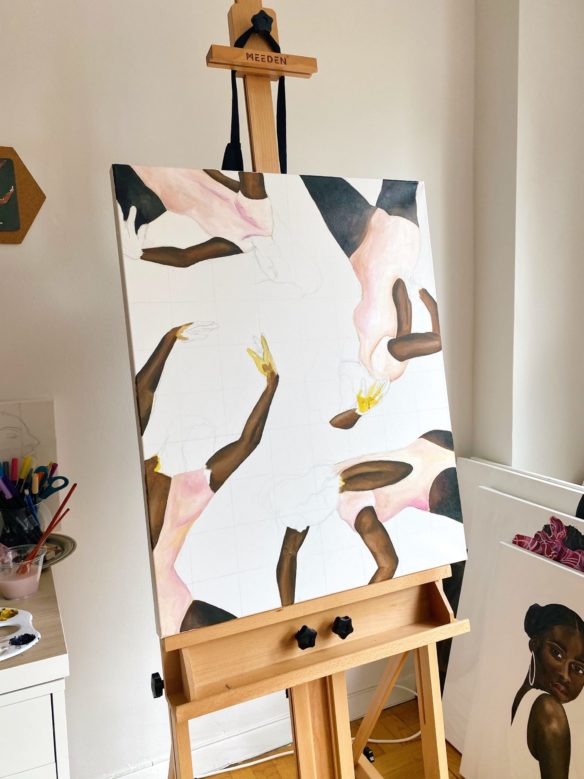
How does the use of collage change and manipulate the final product?
Interestingly enough, collage is a part of my process whether or not it becomes the final product. My digital collages, which incorporate photography, digital paintings and sometimes images of my paintings on canvas, feel more like a narrative – they tell a specific story, what you see is what you get.
In the case of my paintings, I do a lot of photo manipulation and collaging – with the intention of truly investigating the movement of the body, exploring the shapes we make, and even how these shapes interact with the ground and the negative space. I often turn the figures upside down, flip them horizontally or vertically, employ repetition, place different figures opposite each other, etc. This process allows me to see things and create patterns I wouldn’t normally see, or that one wouldn’t normally see while watching a dance performance, which I would hope creates a different kind of appreciation for the work.
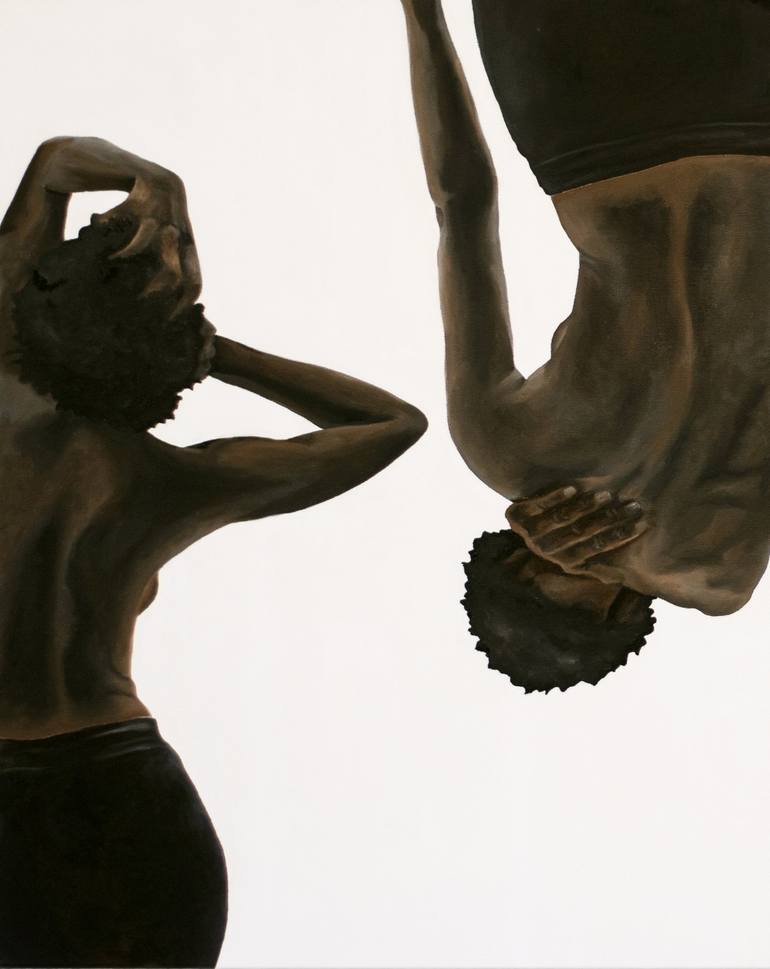
What advice would you give to an aspiring artist who would like to delve into working in the arts?
Create and keep creating. Enjoy every part of the creative process. Take notes and jot down every idea that comes to mind. Speak to friends, colleagues and others around you about your work, your ideas and things you’re interested in exploring creatively. Don’t shy away from applying for opportunities to show your work. Build up a body of work that you’ll be prepared to show when the opportunity comes along. Invest in yourself and your work because the return is really fulfilling, and at the end of the day, aim to make yourself proud.
Make your way over to The Hoxton Williamsburg to see Kaylee’s work on display from Wednesday, January 19.
